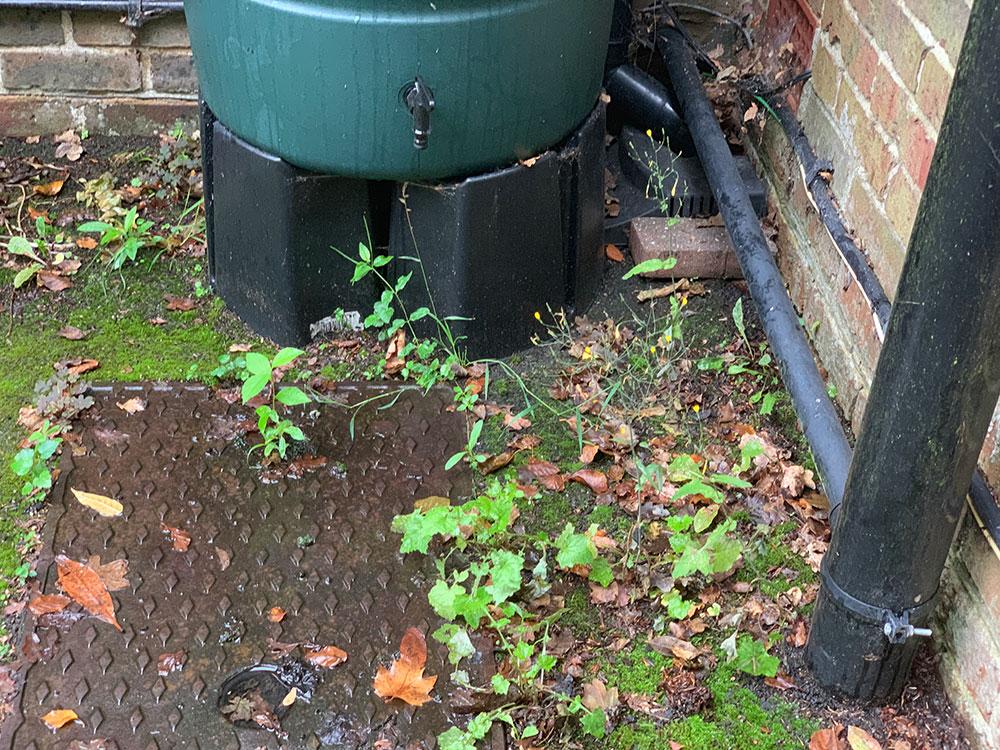How Chemical Usage and Runoff can lead to river pollution
Here's a more detailed breakdown of No3. of the top three links between households and river pollution:

a) Cleaning Product Disposal:
Household cleaning products often contain chemicals that can be harmful to aquatic life. When these products are poured down drains or flushed down toilets, they can enter wastewater treatment systems. However, some treatment processes may not effectively remove all chemicals, leading to their presence in treated effluent that is discharged into rivers.
b) Excessive Pesticide and Herbicide Use:
The use of pesticides and herbicides in households, such as for gardening or pest control, can contribute to river pollution. Overuse or improper application can result in these chemicals being washed away by rain or irrigation, leading to runoff that finds its way into rivers. Pesticides and herbicides can have toxic effects on aquatic organisms and disrupt the balance of aquatic ecosystems.
c) Personal Care Product Discharge:
Certain personal care products, including soaps, shampoos, and cosmetics, contain ingredients that are not easily biodegradable and can enter rivers through wastewater systems. Substances like microplastics, synthetic fragrances, and preservatives can be harmful to aquatic life and accumulate in the environment, affecting the health of river ecosystems.
By addressing these specific aspects within each link, it becomes clearer how household practices and behaviours can impact river pollution and provides a basis for adopting more sustainable approaches to minimize these effects.
For a more detailed explanation of the three links from households to pollution go to our previous 2 blog articles:

